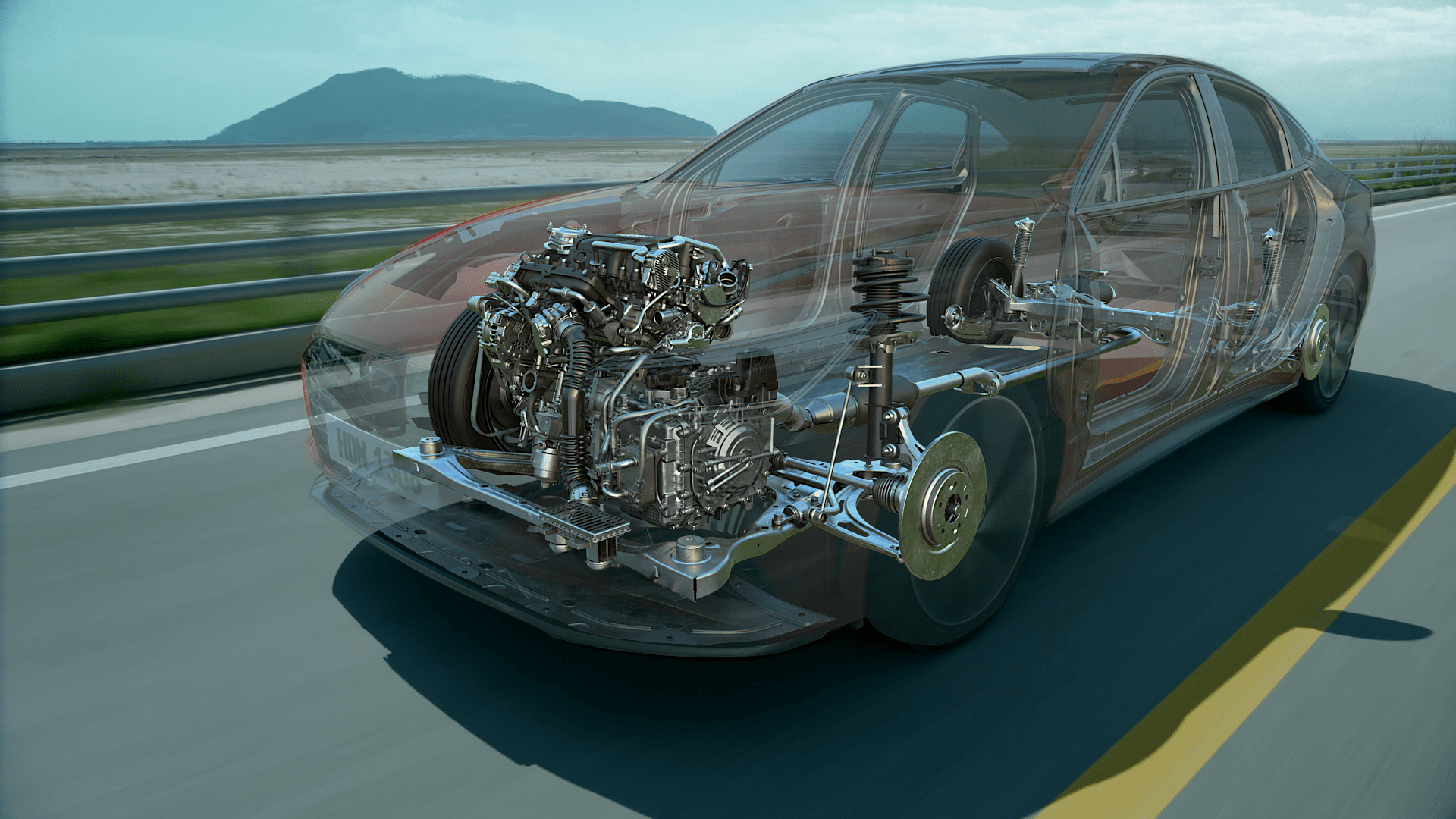Web the process starts by gas being adiabatically compressed, increasing the pressure (but with no change in heat). Web for years, gas engines were stuck at around 30 percent thermal efficiency—a measure of how much work they could do on a gallon of fuel—about a third as efficient as an electric motor (setting. That means they can convert only 40 percent of the fuel energy into movement. Diesel typically has a higher thermal efficiency, a thermal efficiency approaching 40 percent in some cases. Web despite the major energy losses, a power plant is still more efficient than a car’s engine.
Web january 3, 2022 by lambda geeks. Compared to the state of the art, the consumption of the new gas engine with prechamber combustion process was reduced by 20 percent. Web modern gasoline engines have a maximum thermal efficiency of more than 50%, [1] but most road legal cars are only about 20% to 40% when used to power a car. Fuel efficiency measures the distance a motor vehicle can travel on a single gallon of gas. That torque is applied to the wheels to.
Boasting an impressive 32 mpg combined fuel economy rating from the epa, the. Diesel typically has a higher thermal efficiency, a thermal efficiency approaching 40 percent in some cases. As a result, boosting the efficiency of. That means they can convert only 40 percent of the fuel energy into movement. Web the efficiency by which they do so is measured in terms of ‘thermal efficiency’, and most gasoline combustion engines average around 20 percent thermal efficiency.
Web for years, gas engines were stuck at around 30 percent thermal efficiency—a measure of how much work they could do on a gallon of fuel—about a third as efficient as an electric motor (setting. Even the most efficient combustion engine can only operate at 50% thermal efficiency. Fuel combustion efficiency is a crucial factor in determining the performance and environmental impact of engines. Web the process starts by gas being adiabatically compressed, increasing the pressure (but with no change in heat). They waste less energy and put more of it to work.
1984 to present buyer's guide to fuel efficient cars and trucks. How to reach 26 bar imep with us10 nox, pm, hc and co engine out. Web car engines are much more efficient: Web as the world begins its shift to ev proliferation, the good news is electric vehicles are far more energy efficient on the road.
Web The Efficiency By Which They Do So Is Measured In Terms Of ‘Thermal Efficiency’, And Most Gasoline Combustion Engines Average Around 20 Percent Thermal Efficiency.
As a result, boosting the efficiency of. Diesel typically has a higher thermal efficiency, a thermal efficiency approaching 40 percent in some cases. Web first, it’s incredibly inefficient. 1984 to present buyer's guide to fuel efficient cars and trucks.
Besides The Obvious Benefit Of Improved Fuel Economy, Another Major Benefit Of This Engine Is Its Enhanced Torque.
It refers to the ability of an engine to convert fuel into useful work while minimizing waste products. Web partially premixed combustion, ppc. Fuel combustion efficiency is a crucial factor in determining the performance and environmental impact of engines. When paired with a 5.
Although Hydrocarbons Contain A Lot Of Chemical Energy, Most Of This Is Lost As Heat Rather Than Powering The Car.
Thus, the semi is a far more efficient vehicle. The electricity produced is then used to power an electric motor, in a. Boasting an impressive 32 mpg combined fuel economy rating from the epa, the. Web car engines are much more efficient:
All The Gas Is Then Sent Through A Condenser, Turning All Into Liquid And Excess Heat Being Expelled Out Of The Refrigerator.
Not only does it produce more torque than the modern equivalent. A car engine can look like a big confusing jumble of metal, tubes and wires to the uninitiated. Web the process starts by gas being adiabatically compressed, increasing the pressure (but with no change in heat). It’s also hard to get the exact balance of fuel and air in an engine to ensure complete combustion.
As a result, boosting the efficiency of. Web for years, gas engines were stuck at around 30 percent thermal efficiency—a measure of how much work they could do on a gallon of fuel—about a third as efficient as an electric motor (setting. What's so clever about them is that they burn fuel in closed containers, capturing most of the heat energy the fuel releases, and turning it into mechanical energy that can drive the car along. Record efficiency for passenger car engines. 57% thermal efficiency in truck size engine.









Ads